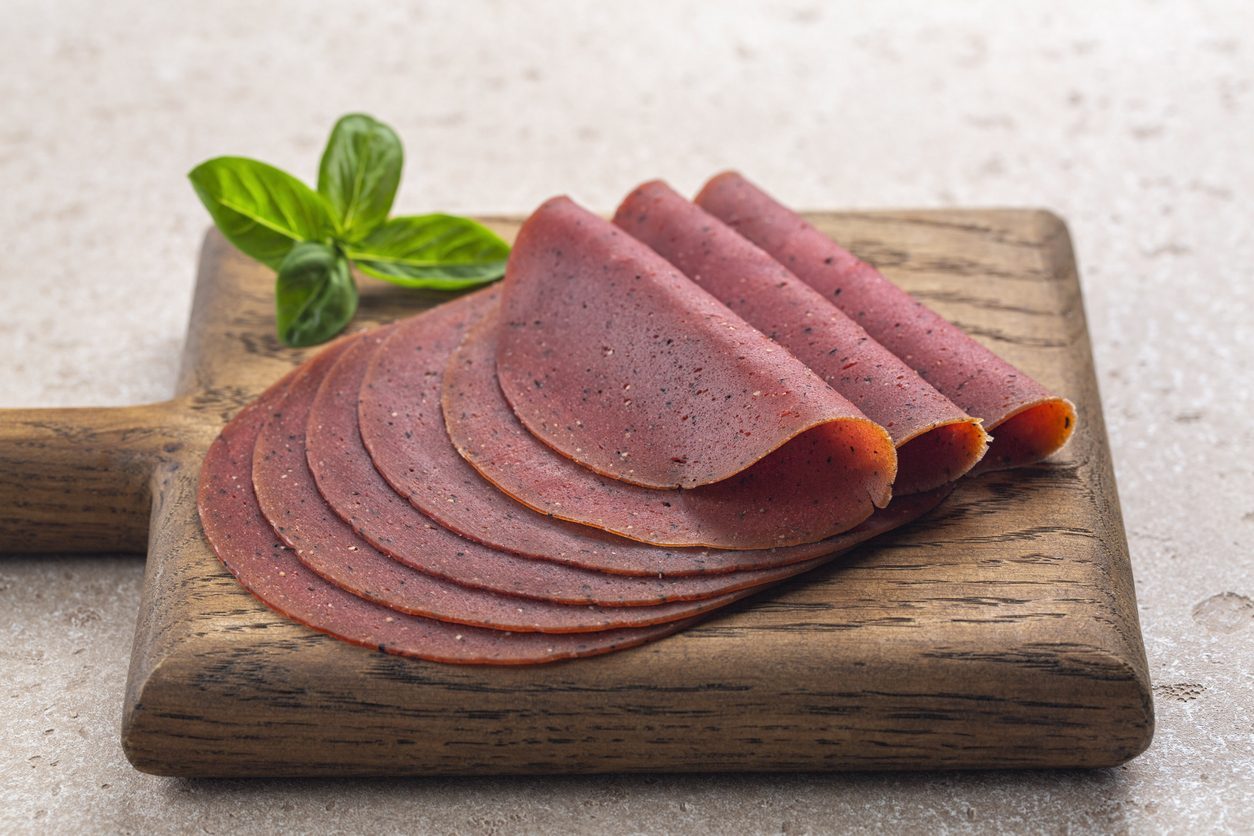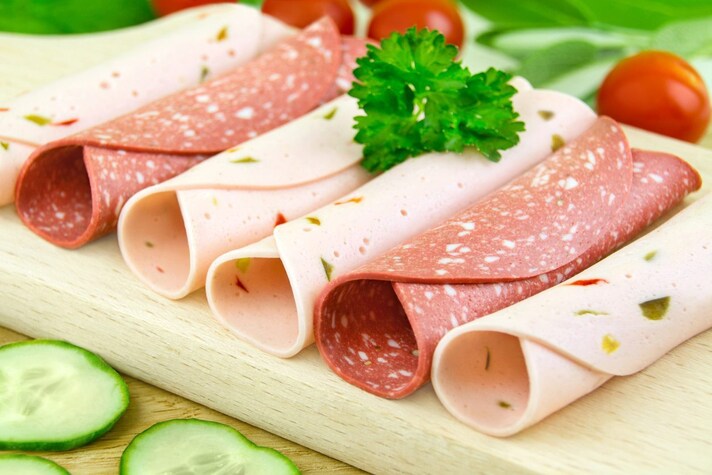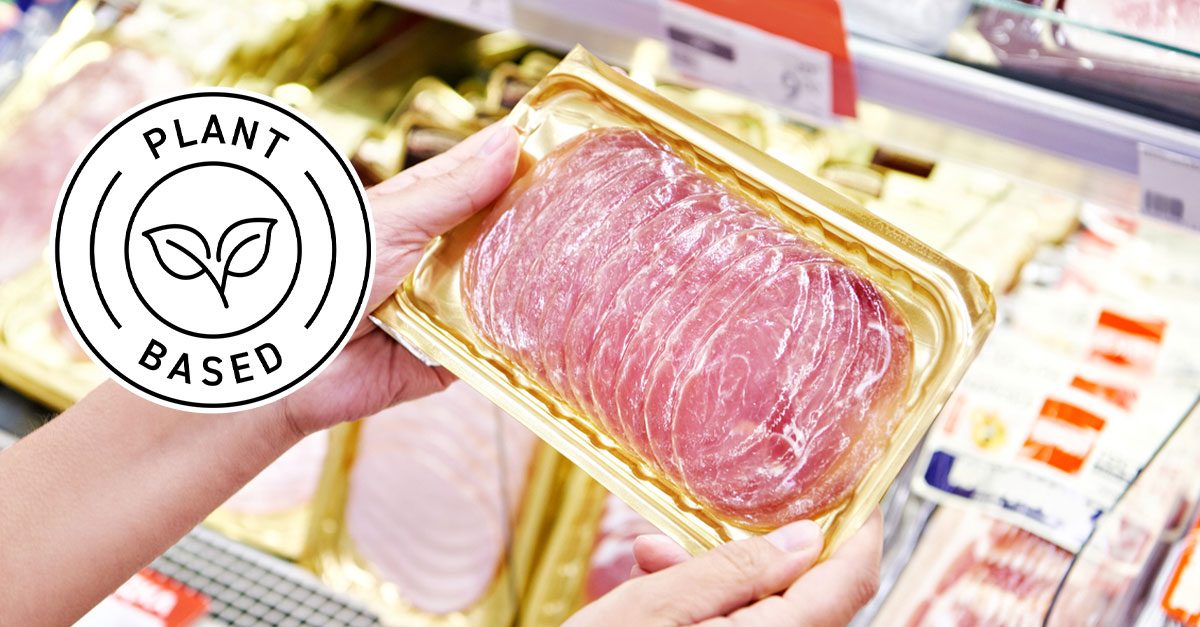How to Choose Plant-Based Cold Cuts at The Grocery Store (And How Are They Made, Really)
The world of plant-based food is constantly growing and there are now many products available for those who do not want to consume foods of animal origin. Among these are also plant-based cold cuts, an alternative much appreciated even by those who are not vegetarian or vegan. But how do you choose them when purchasing? Here is everything you need to know.
;Resize,width=742;)
For those who do not want to consume products of animal origin, due to lifestyle choices or to vary their diet, there are truly many options available: today it is now very easy to find substitutes for meat, cheese and even cold cuts.
Plant-based cold cuts, in fact, are obviously not meat-based but are generally produced using vegetable proteins from various sources, including wheat and legumes. They are an excellent alternative to traditional cold cuts, equally sold in convenient slices and eaten just like you would with classic ones.
But how to choose them in the best way among the grocery aisle shelves and what to pay attention to when you go to buy a vegetable sliced? We explain everything you need to know to make sure you get quality products.
What Are Plant-Based Cold Cuts?
Plant-based cold cuts are all those products that seem like cured meats in flavor, consistency and appearance but are not made with meat and are instead based on vegetable ingredients. The type of production and the vegetable proteins included vary based on the manufacturer and the type of product, but in general they are made with legumes or cereals.
They are excellent sources of protein and are very nutritious, useful as an integration in a balanced and varied diet even if you do not follow a vegetarian or vegan diet. Depending on their composition, they can be richer in proteins, fibers or vitamins, but they often also contain a significant dose of additives. Precisely for this reason, it is good that you learn to read the labels carefully, in order to choose the best vegetable cold cuts and those that contain fewer chemical additives.
Among the most popular vegetable cold cuts are those made with wheat muscle or mopur, both derived from the processing of wheat gluten combined with a legume flour, and the seitan cold cut, produced only with soft wheat gluten. Cold cuts made with tofu or tempeh, those made only with legumes and those made with nuts and seeds are also very popular, because in most cases they are made without gluten.
In terms of flavor, it is difficult to establish a single taste for all plant-based cold cuts: it depends a lot on the starting product, the type of thickener used (such as corn or wheat flour, corn starch or potato flakes) and the spices and herbs added, including turmeric, paprika, curry, pepper, garlic, onion.

How Are Plant-Based Cold Cuts Made?
Plant-based cold cuts can be made using different sources of non-animal protein such as grains, legumes, vegetables, vegetable oils; among the most common foods used to produce this type of product are wheat, soy, peas, beans, corn, tofu and tempeh. To these are added different mixes of spices and herbs to reinforce the flavor of the food.
The processing required to obtain vegetable cold cuts is particularly complex, which is why there are not many companies that offer this type of product. The process first requires a series of grinding, extrusion or concentration processes in order to extract the destructured protein, so that it has that elastic and viscous consistency that resembles an animal cold cut.
The processing takes place at very high temperatures, around 285°/360°F (140°/180°C), and this has the side effect of impoverishing the food from a nutritional point of view, which is why many natural oils are used (seed, sunflower, coconut or palm) which make the vegetable sliced product fattier than the traditional one.
Sweet syrups are also used to reproduce the flavor of meat as much as possible, as well as a series of colorants to obtain the right shade of color for example of bresaola or prosciutto. This is where the problem arises: less honest companies often use chemical additives such as thickeners, emulsifiers and refined oils that make the final product unhealthy from a health point of view.
As a final process, the vegetable salami, after being shaped into the desired form, is cooked or dried, and then packaged just like the sliced animal meat in vacuum or sealed containers in which they reach the supermarket shelves.

Why is It Important to Know How to Choose Plant-Based Cold Cuts
Plant-based cold cuts, consumed in a balanced way as part of a balanced diet, generally do not have any particular contraindications. However, not all products are the same and you must pay attention to the ingredients contained in the cold cut you choose.
In fact, some plant-based cold cuts can often contain additives (some could even be of animal origin without you even knowing it), but also preservatives and saturated fats added to improve their flavor, consistency and shelf life. In most cases, these are chemical ingredients, which therefore in the long run can have a negative impact on health.
So, if you go to buy plant-based cold cuts at the grocery store, take the time to read the labels, make sure they are really made with natural ingredients, with a low saturated fat content and with an adequate amount of nutrients. Also try to rely on already known brands, even better if certified or in any case that have a certain credibility in the panorama of plant-based nutrition.
;Resize,width=767;)
;Resize,width=712;)
;Resize,width=712;)
;Resize,width=712;)
